21 Art Symbols: Keys to Understanding the Visual Arts
Learn to interpret the hidden meaning of visual language with these timeless art symbols.
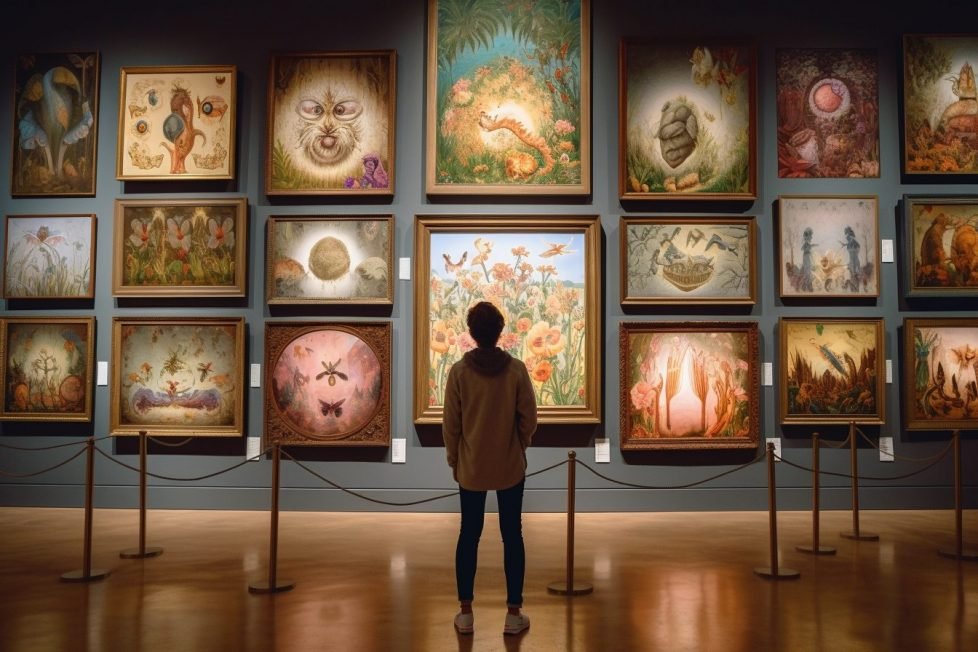
Learn to interpret the hidden meaning of visual language with these timeless art symbols.

Table of Contents
ToggleWhat is the purpose of art? Is it to stimulate our sight, portray fantastic technique? Or is it to express meaning, evoking a response in the viewer?
Artistic depictions throughout time have been influential because they mean something to the viewer. They have the ability to express something in a way that words can’t. One way that artists are able to accomplish this is through symbolism: using everyday objects to convey some type of deeper meaning. Throughout history, certain symbols have stuck better than others, becoming universal and widely used by different artists and cultures.
Eyes carry a lot of meaning, both inside and outside of the artistic world. The “All Seeing Eye,” might be something you’ve heard before, and it’s a common symbol that has been around for centuries. Cultures have different versions of the “watchful eye” depending on their traditions and religious backgrounds, but most use it in their artwork.
One of the earliest known uses of eyes as an artistic feature was in Ancient Egypt. The Eye of Horus, also known as The Wedjat, was a symbol of protection, healing and regeneration. Horus, an ancient sky god, was believed to be in control of and determine the future of the Egyptian people with these virtues. Because of this, eyes were usually inscribed onto protection amulets that Egyptians would wear.
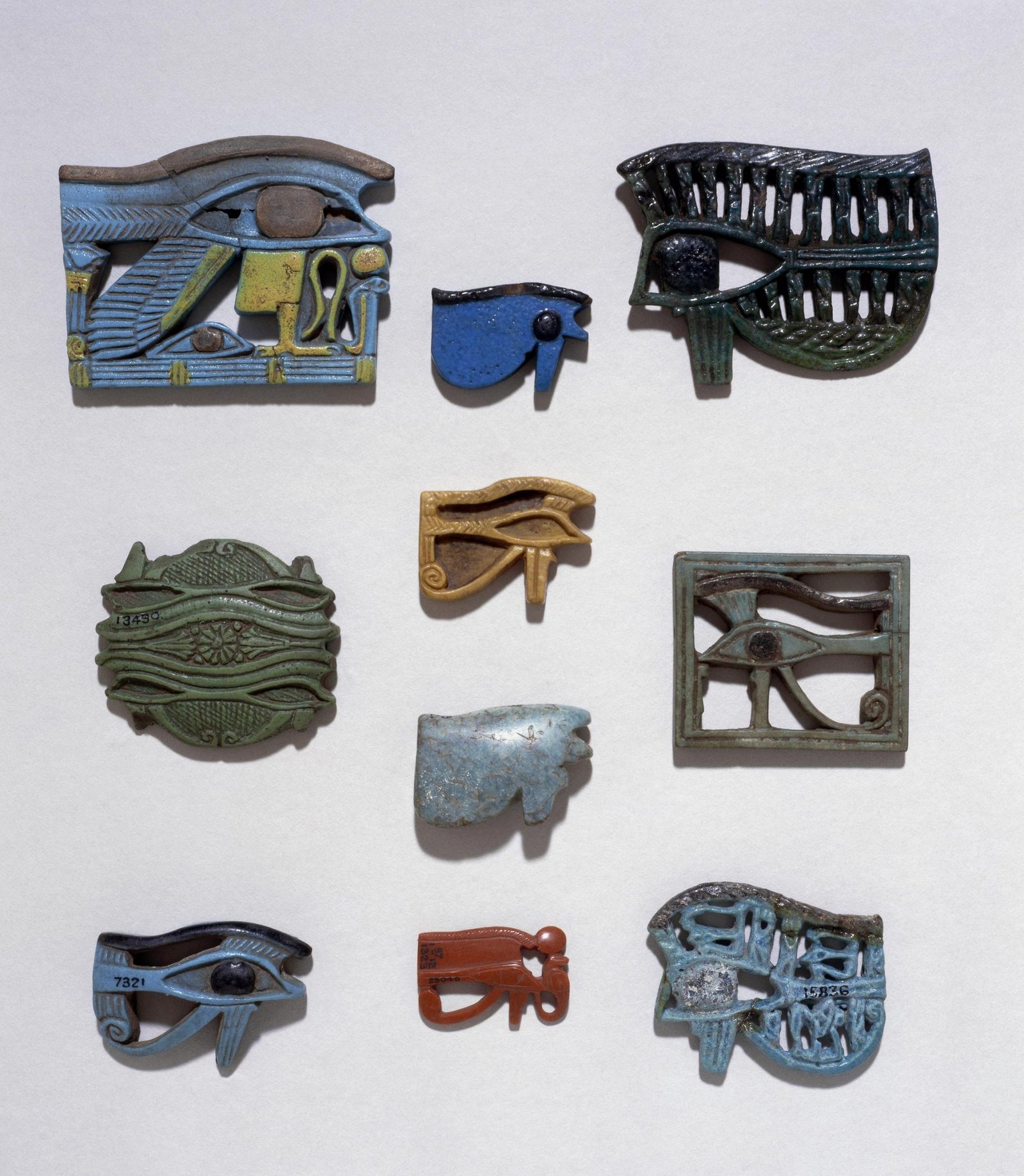
Mirrors are one of the most versatile symbols in art, with different artists using it to portray a wide variety of meanings. Generally, the use of mirrors follows two key themes: looking inward and looking outward.
As a founding perspective of accurate art-making, the mirror had a lot of value for painters, especially those who wanted to paint self-portraits. Without the availability of photo references, artists would set up mirrors in a strategic way to paint themselves. Artists across time have depicted this process, creating a meta-work of their art-making processes. Popularity for this type of artwork rose in the 16th century and continued into the 20th, like in Trevor Makinson’s artwork: In My Studio Mirror.
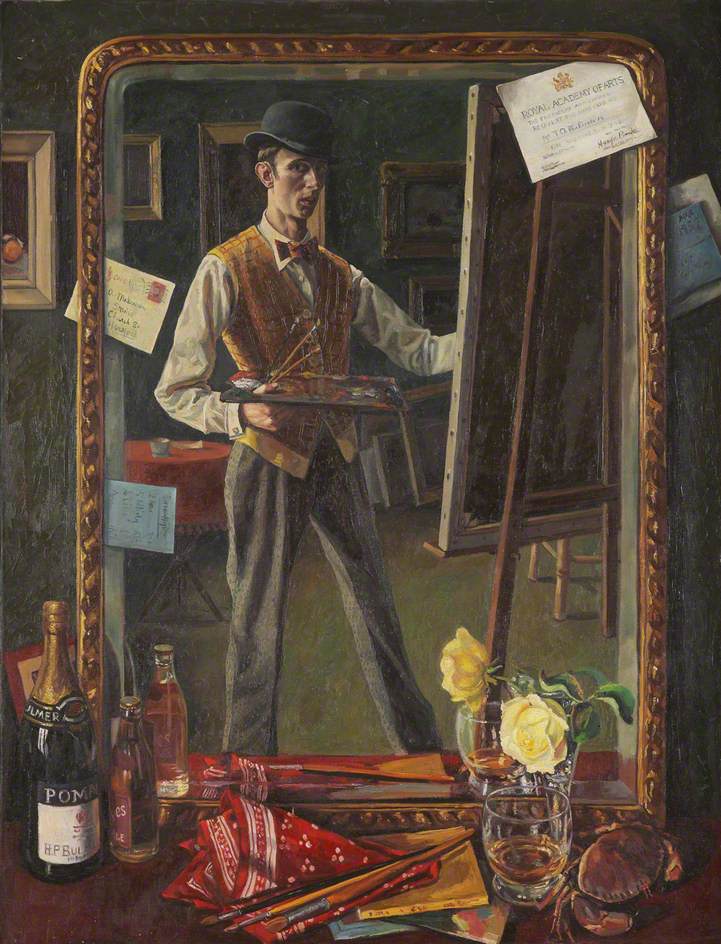
Many artists have also used the depiction of mirrors to reveal some type of real truth that they perceive in the world around them. They are often shown with other symbols like a scale to symbolize the pursuit of truth and fairness, or a skull to show the impending nature of death. This was especially popular in the 17th century when the age of Enlightenment was coming to fruition. Every artist was making artwork about pursuing truth, and the use of mirrors was a popular way to portray that.
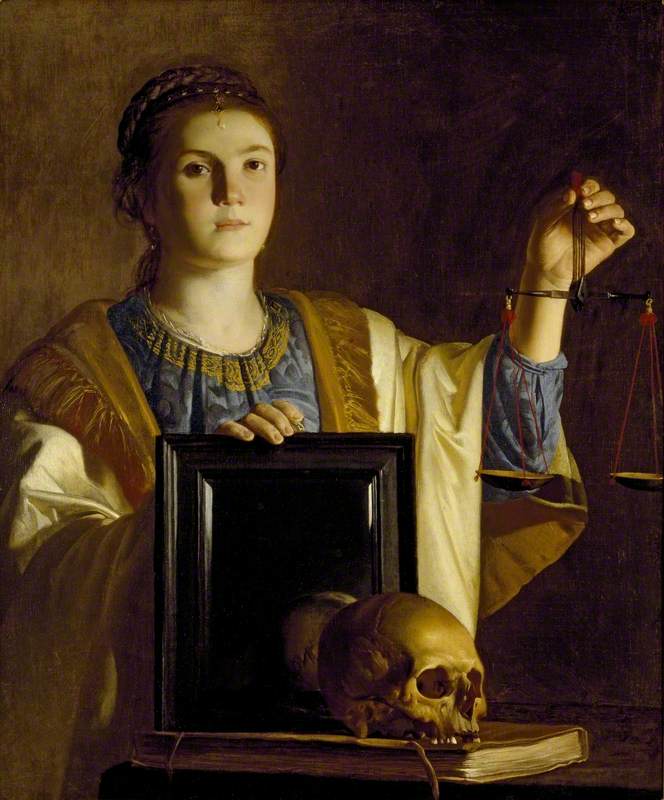
Mirrors were also used to portray the outward vision of the way others engaged with themselves. In European culture, mirrors were often used in art to show the egotistical nature of women, obsessed with their own vanity. However, in other cultures, such as in Japanese woodcuts, mirrors were used to show the beauty that women possessed, taking gentle care to groom themselves.
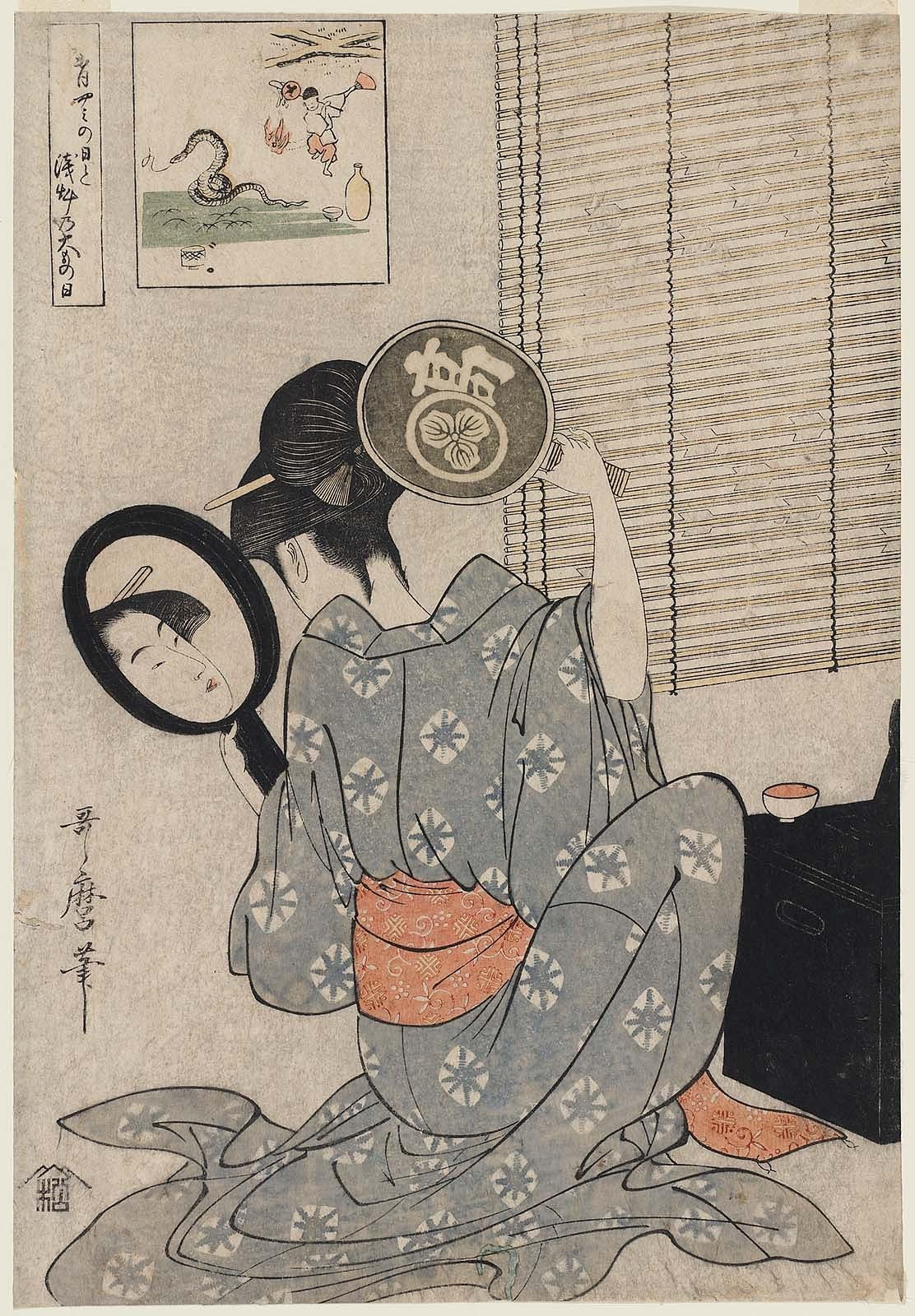
Candles were commonly used in still life paintings to symbolize the passing of time. They were a common feature of Vanitas Still Life Paintings, a movement that began during the 17th century in The Netherlands, also known as the Dutch Golden Age. The main concept of these paintings were to discuss the temporary nature of life, and how people pass through their own lives frivolously without meaning. Just as a candle has an end point, burning away until it’s gone, so is human existence.
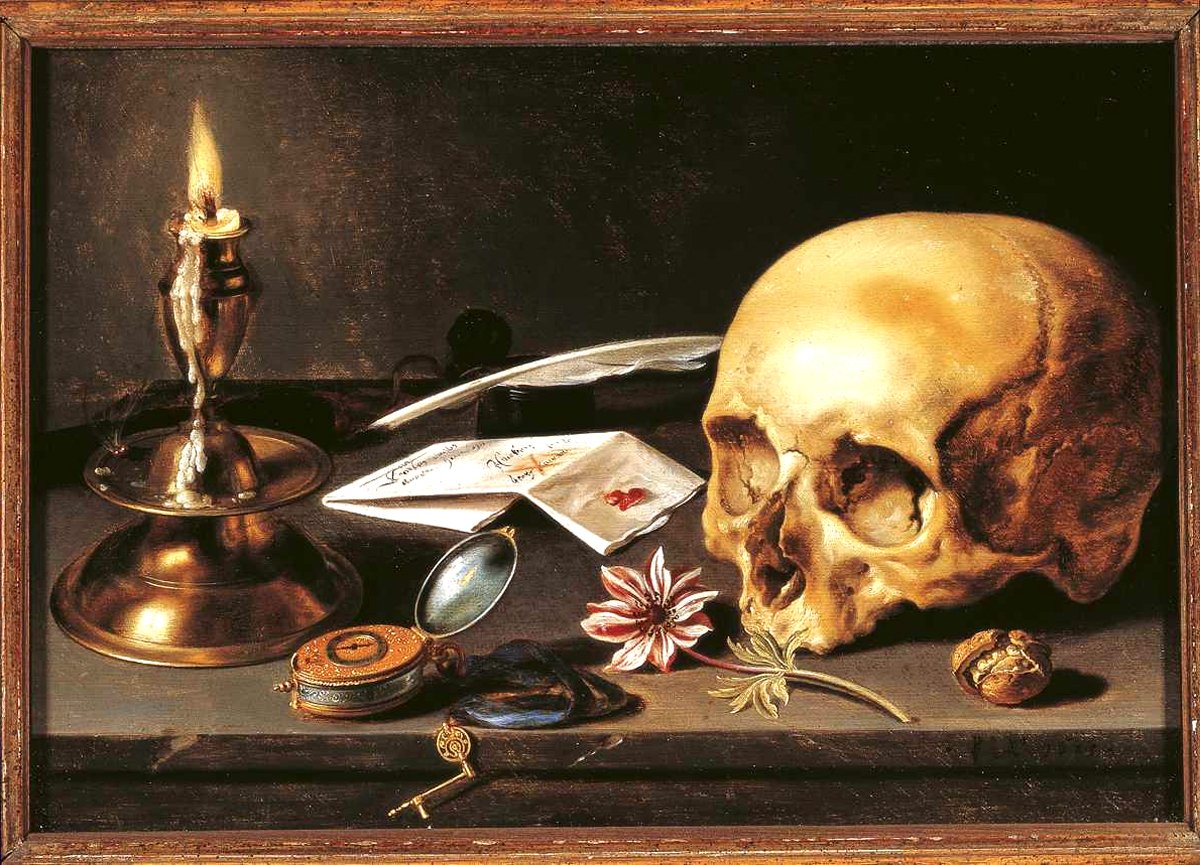
No matter the geographical location, musical instruments are depicted in art to communicate culture. Music is an integral part of any culture’s customs and practices. Music is part of ceremonies, events and rituals, so the depiction of music is a common symbol for cultural representation. The main difference among cultures and the depiction of music is the instruments the artist chooses to include in the work.
For example, Vermeer painted instruments like lutes and harpsichords to represent the kind of music that was played in his culture, while artists of the Harlem Renaissance depicted saxophones and pianos to show the importance of jazz music in African American culture.
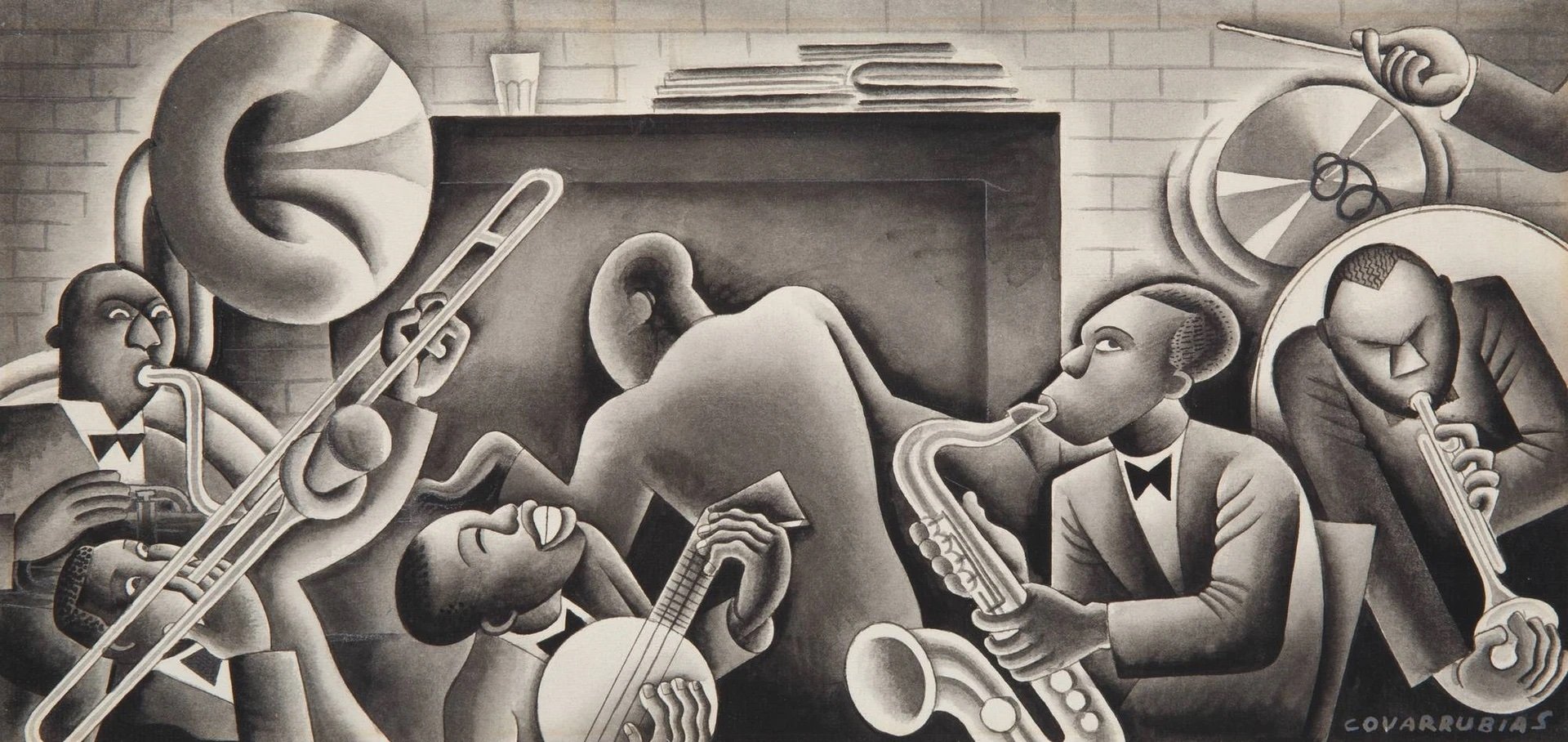
Most people associate trees with the phrase: “Tree of Life”. This is exactly what trees symbolize in art across cultures. Historically, trees began as a point of observation in the beginning of art making, where people learned to develop their technique through observing nature.
Over time, trees became a symbol of life and birth; the center of all nature. For many cultures and religions, it symbolized the connection between heaven and earth, holding power for both earthly life and eternal life.
This meaning became popular in Medieval Christian art as well as in Irish Celtic artworks, but it regained popularity during the age of Art Nouveau with artists like Gustav Klimt in his work, The Tree of Life.

Since the sun is an integral part of the world, shining its bright, powerful light onto all, rulers were commonly represented using the sun. In Egypt, the sun god (Ra) was inscribed onto tablets using this symbolism, and it continued across cultures with the Incan (Inti), and Aztec (Huitzilopochtli) sun gods.
The symbolism of the sun extended into the Baroque era of European art, with King Louis XIV having the humble nickname, “The Sun King.” Artists hired by King Louis often depicted him among angels as the sun, shining with power and status onto his subjects.
One of the most popular depictions of the sun as a god is in an Ancient Egyptian tablet inscription, titled Akhenaten, Nefertiti and Three Daughters. The sun god Ra shines on the ruler, his wife and their children.
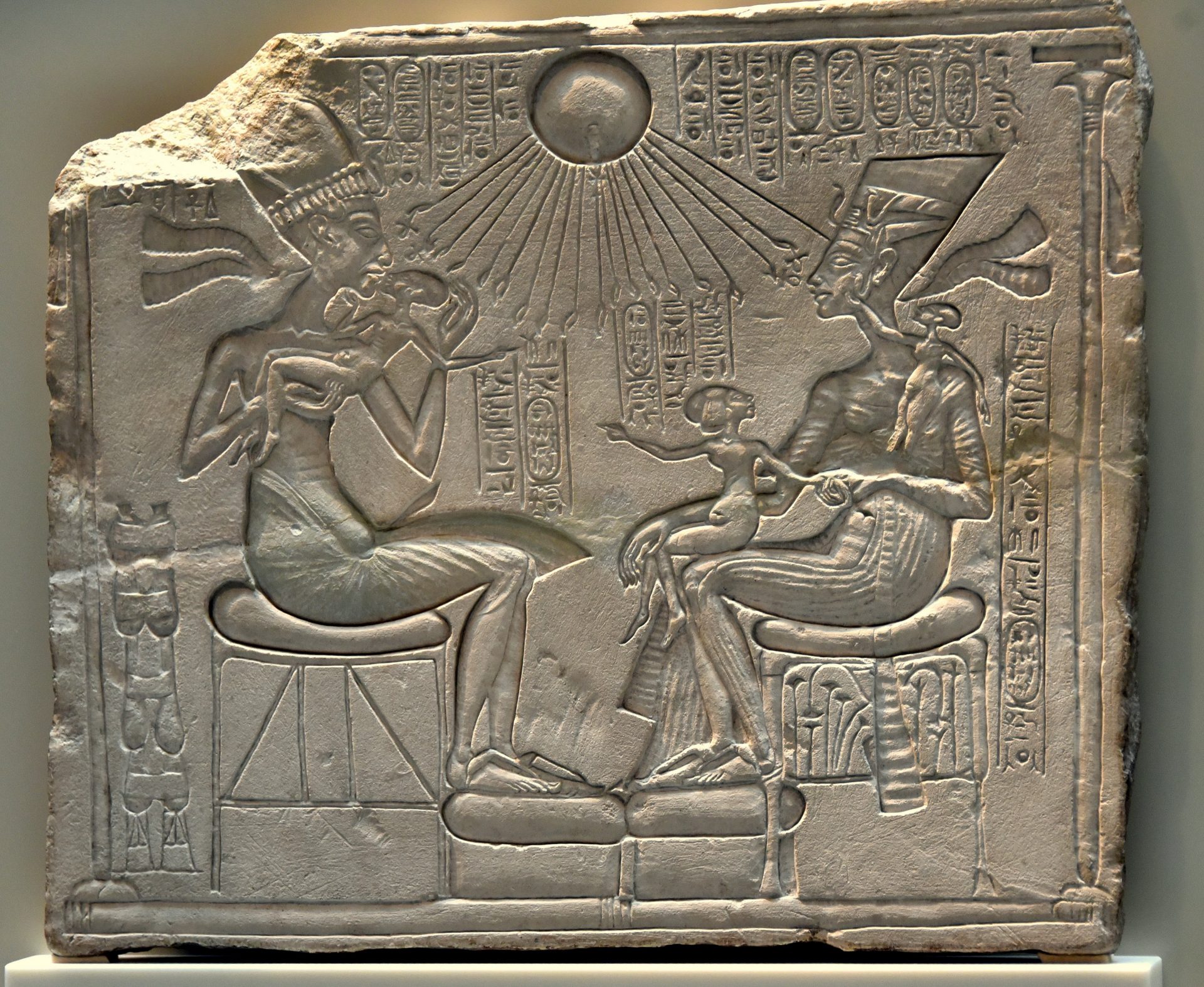
Based on what we now know of the sun, it is no surprise that the same reigns true for the moon. Some of the first depictions of the moon were in Ancient Greece, where the moon was personified into the female goddess Selene, presiding over months and time.
With the sun commonly representing a powerful male figure, the moon represents the strength of a female figure. Because of this history, later artwork that incorporated the moon generally communicated fertility and the cyclical nature of the world, mimicking the moon phases.
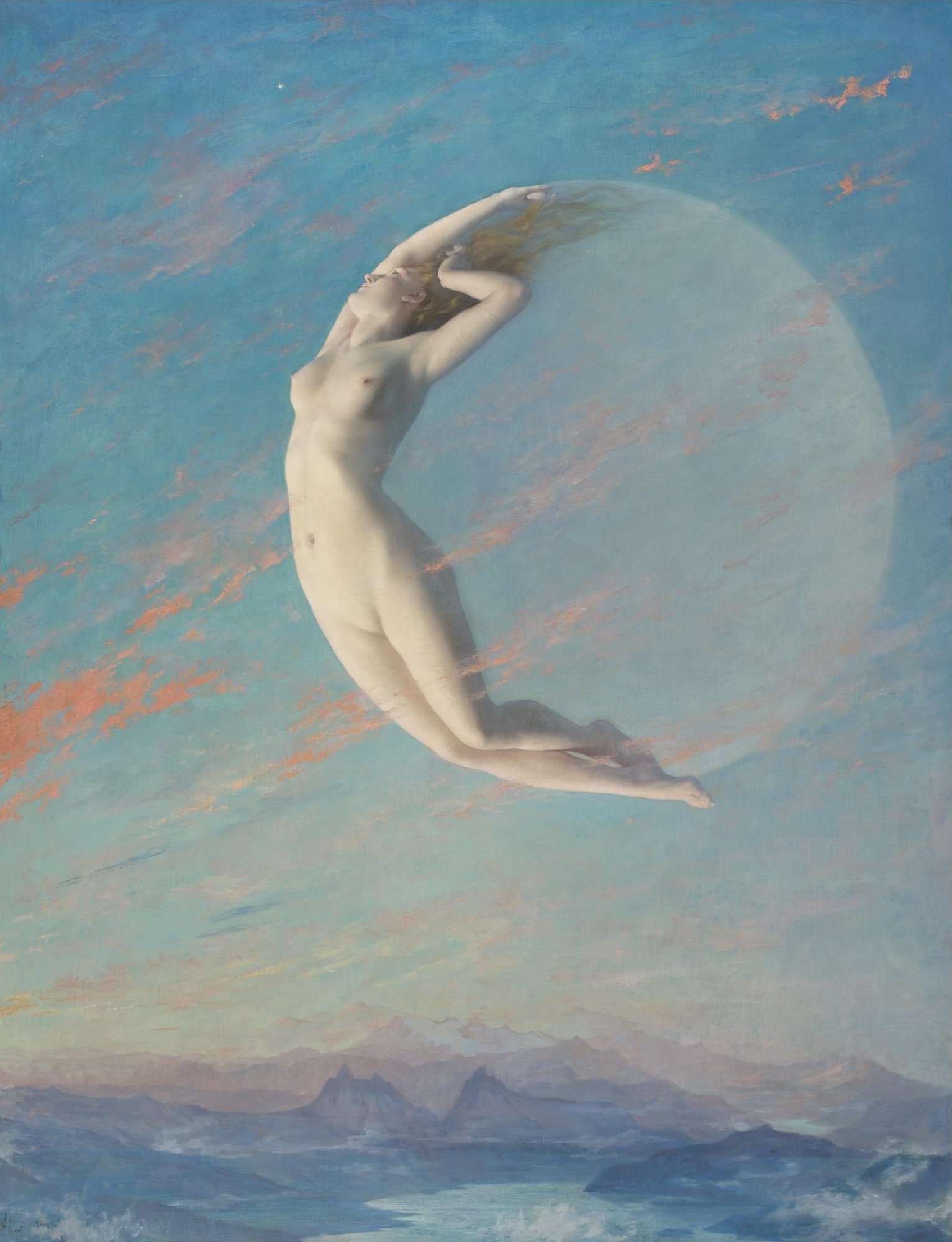
Animals have been a prominent part of artwork since the first pieces of art were discovered. Although they have taken on many symbolic meanings, the main purpose for using animals in art has been to describe some type of virtue that also exists in humans. The greatest example of animals in artwork is in Native American art.
Animals carry significant spiritual importance within Native American tribes. They are infused into almost every part of culture, representing the connection that humans can have with the earth, and the parallels in virtues that can be drawn between people and animals. For example, the bear signifies strength, family, vitality, courage and faith. Animal symbolism can be seen in Native Art on totem poles; carvings that tell beautiful stories of great leaders who were represented well by various animal figures.

The lamb was most commonly used throughout Christian art. Since Jesus was frequently called the Lamb of God in biblical writings, lambs were used in religious-based art to depict the sacrificial nature of Jesus. It was also used to show innocence and purity, since, according to the bible, Jesus was without sin.
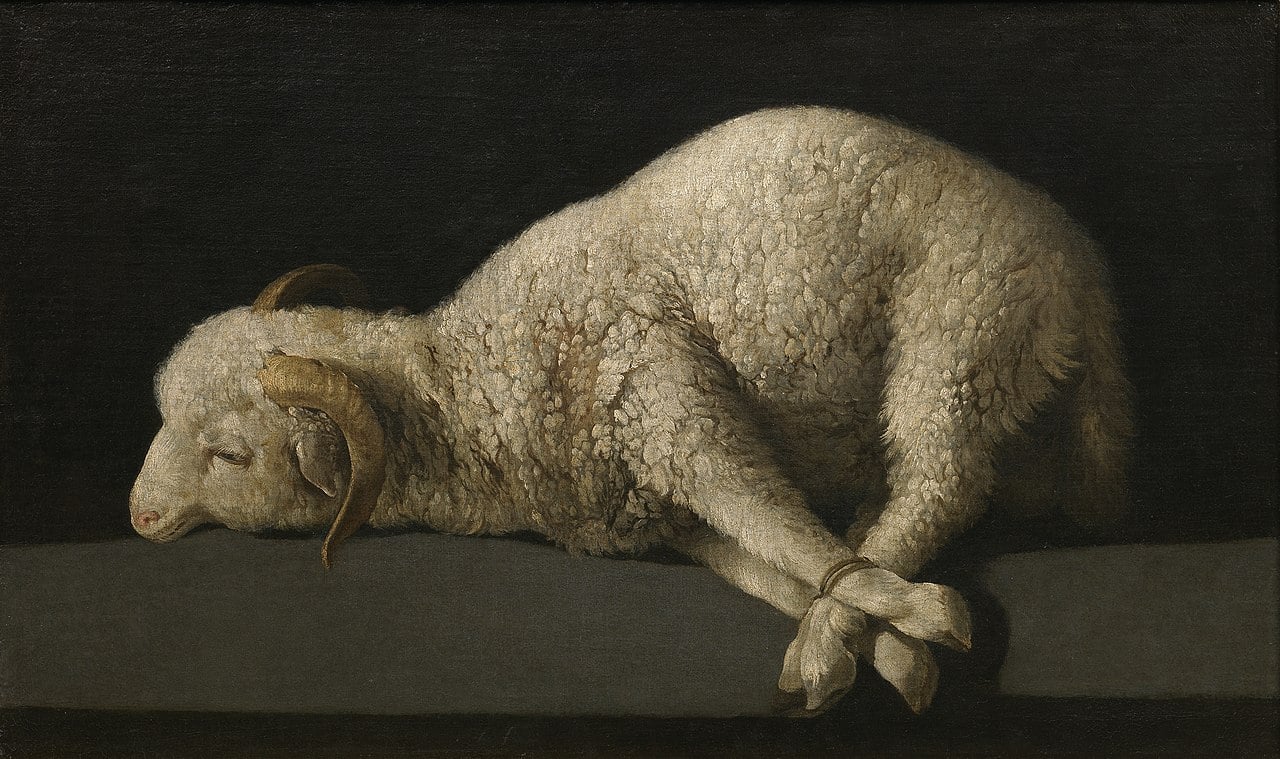
There’s a saying that’s associated with both rabbits and fertility, but you can look that one up on your own. Rabbits are a common symbol of fertility in art, mainly because of their insane ability to reproduce. In fact, historically, many believed that rabbits were able to reproduce asexually without needing a partner. Rabbits aren’t only a symbol for Easter fun, but also for the springtime that brings abundance, new life and prosperity.
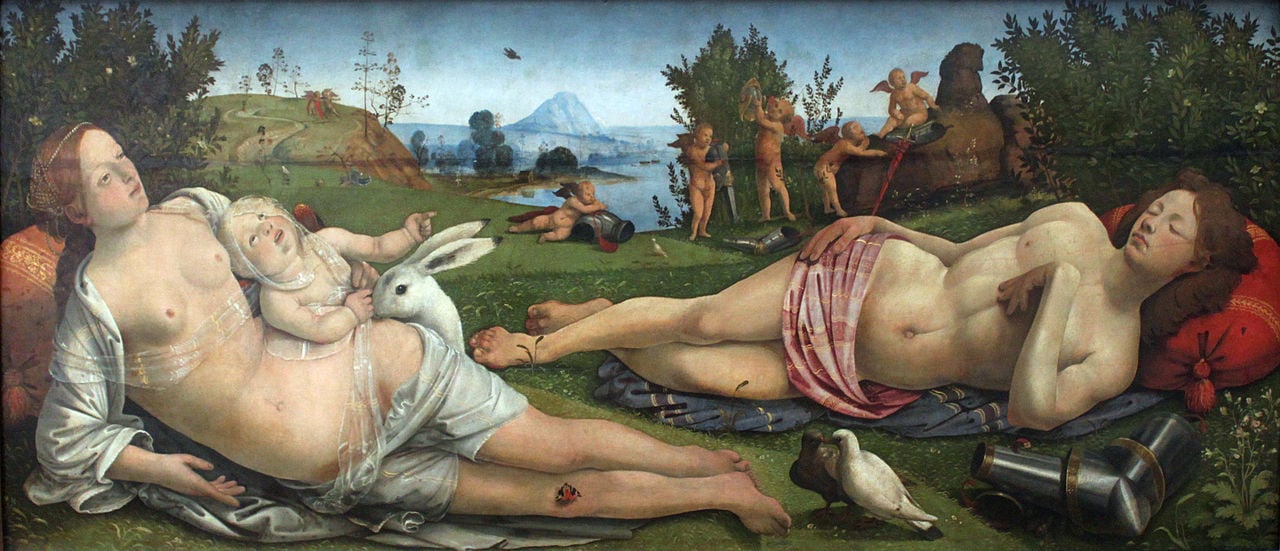
Although Christian art still employs a strong symbol of the lion, the original and strongest use of the lion in artworks was in Arabic and Persian cultures. Specifically in Assyrian culture, they viewed lions as being great protectors of the land, and often combined their gods with features of the lion to signify their might. Lion hunting was also a popular aspect of Assyrian culture, causing them to combine it into their architectural artwork.
The most notable use of this would be through statues that commonly guarded temples and palaces, guarding against anyone who was not true of heart, discarded by the spiritual power of the lion.
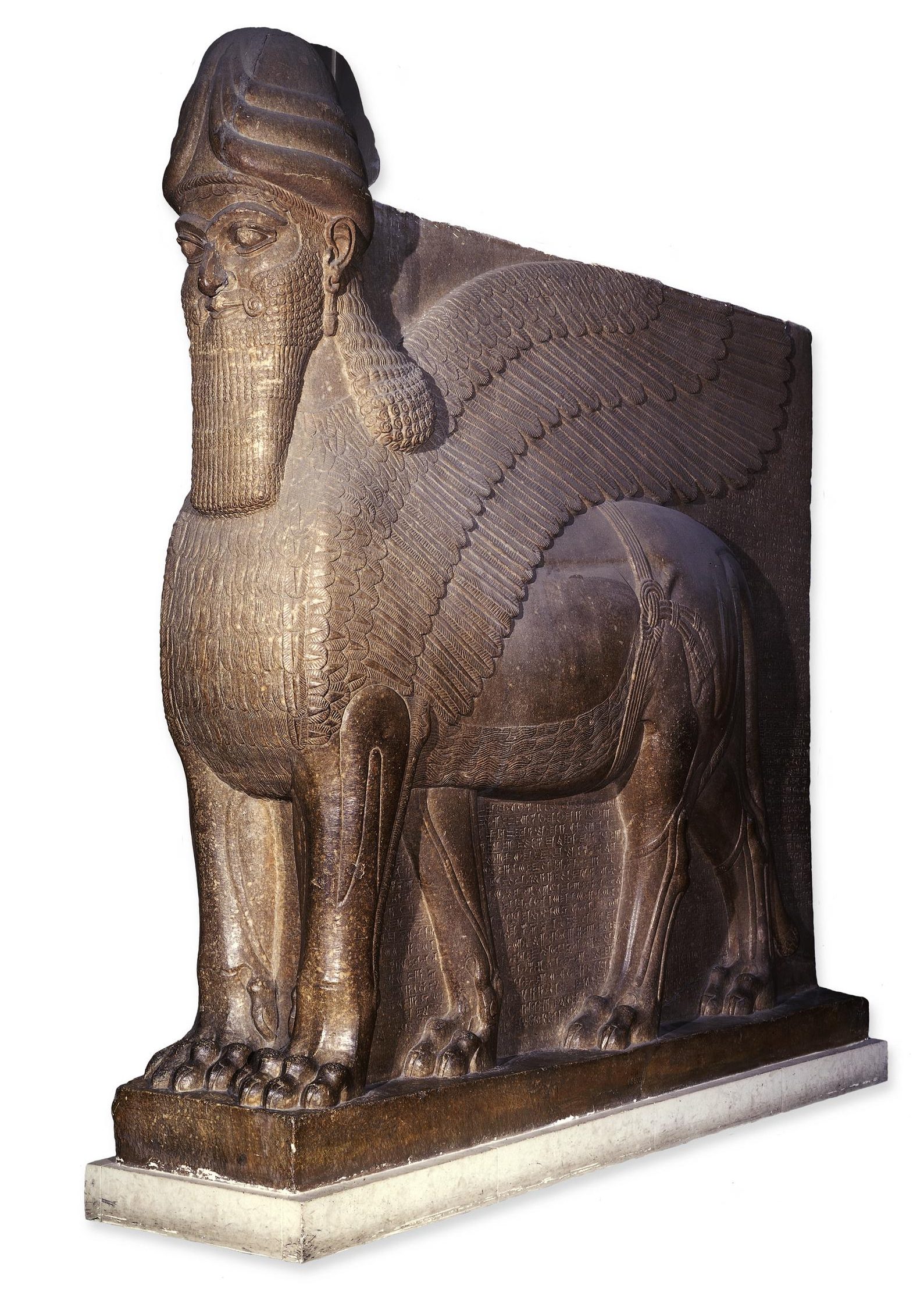
Owls began as a symbol of wisdom that surpassed all in native art, their large eyes and ability to turn their head in all directions allowed them to see things others could not. As time went on, other artists began to see the importance of birds and the virtues they held, especially the wisdom of the owl.
Because of the solitary and nocturnal nature of the owl, artists across cultures began to see the owl as a wise omen of death. Acting as a grim reaper of sorts, the watchful eye of the owl invokes a sense of unsettling wisdom in the viewer.
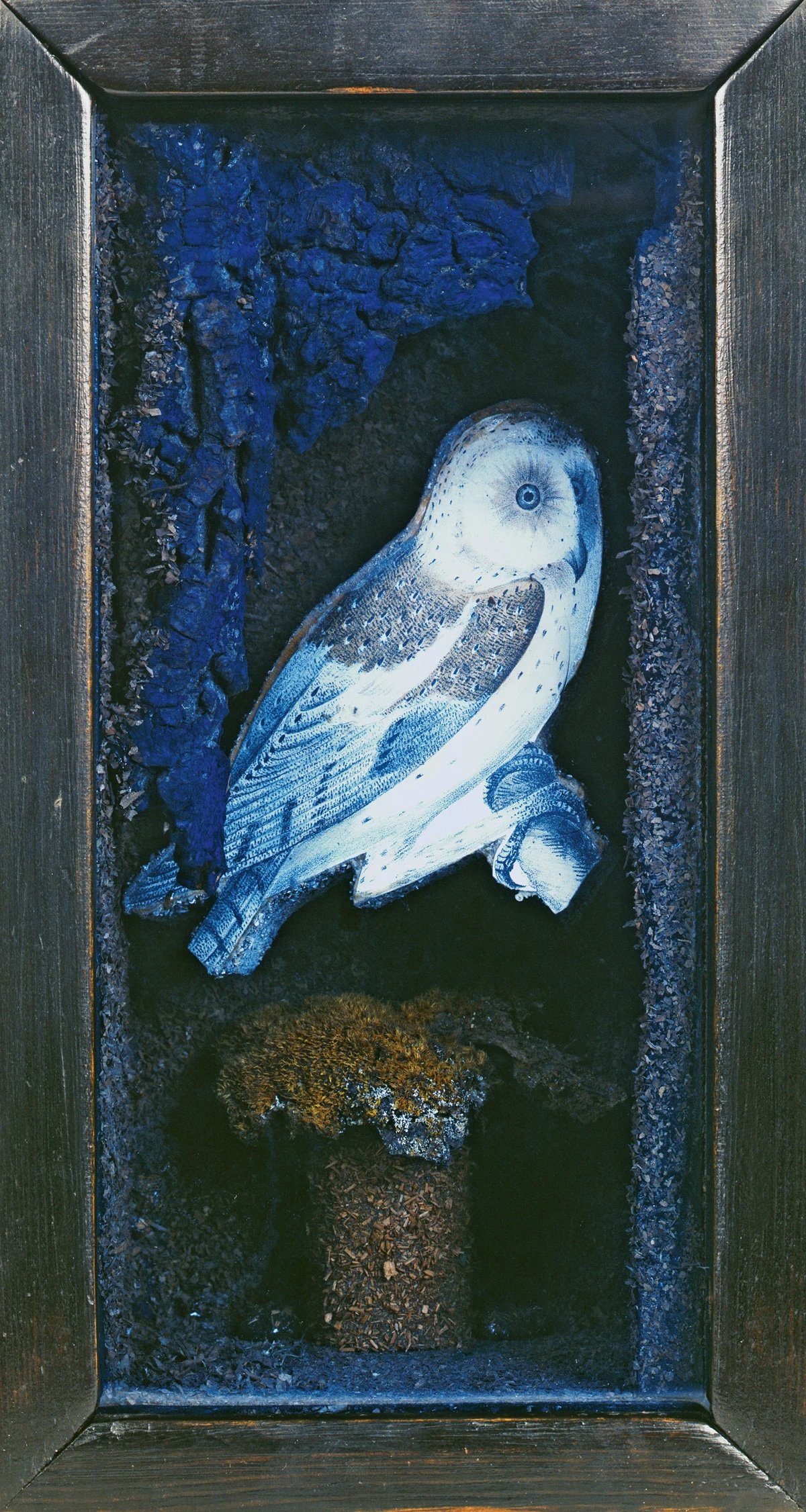
Much like how a single fruit’s taste is not interpreted the same by everyone, neither is its meaning. For example, some might taste a lemon and taste freshness, sweetness and tartness, while others might taste bitterness, sourness and unpleasantness. In this same way, artists have different views on what fruits may represent in art.
Apples can have a large variety of meaning in art, but its history can be traced back to Ancient Greece, with many believing it was the source of the gods’ immortality. It later gained further popularity as an artistic symbol from the Christian bible. In this sense, the apple represented temptation and downfall, but also knowledge, taken from the story of Adam and Eve and the forbidden fruit.
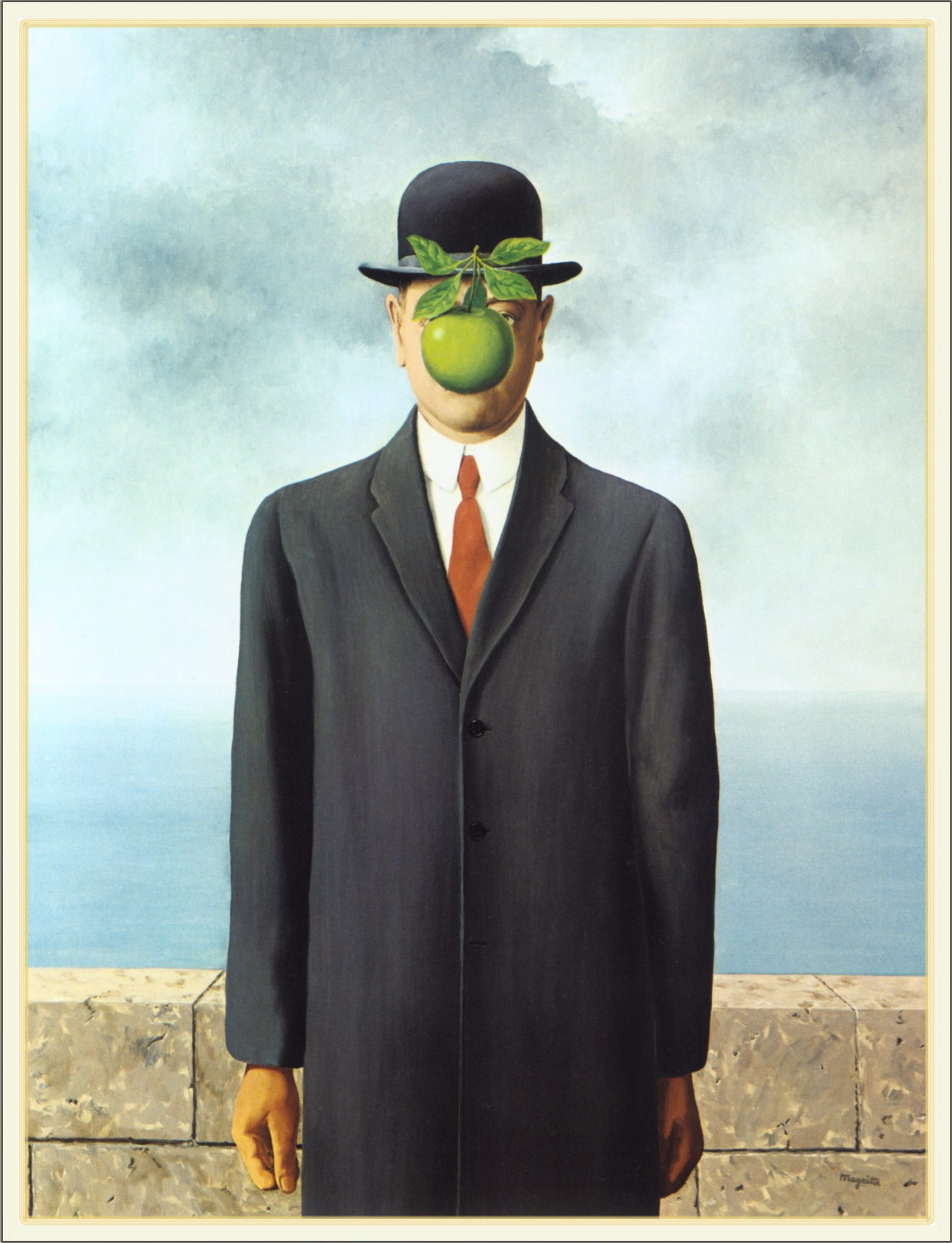
Even though the actual fruit in this story was most likely a fig, it somehow became an apple as the story was retold. This trend continued through Western culture, with movies like Snow White featuring apples of evil, and artists like Renee Magritte using apples to represent the mask of knowledge that protects us from real emotions.
Lemons are generally believed to represent a rarity; a symbol of wealth, abundance and luxury, specifically in European art. Since lemons were an import to Europe from Western Asia, artists during that time saw lemons as a rare commodity, one that represented the exotic.
Furthermore, they were used for a variety of things, such as medicine, scents and food items. Lemons represented a sophisticated sense of diversity, something that paintings could not be without for Dutch artists.
Still Life paintings became the common procurement for middle-class homes, many of which were featuring a lemon to demonstrate both the skill of the artist, as well as the sophisticated nature of the person who owned it.
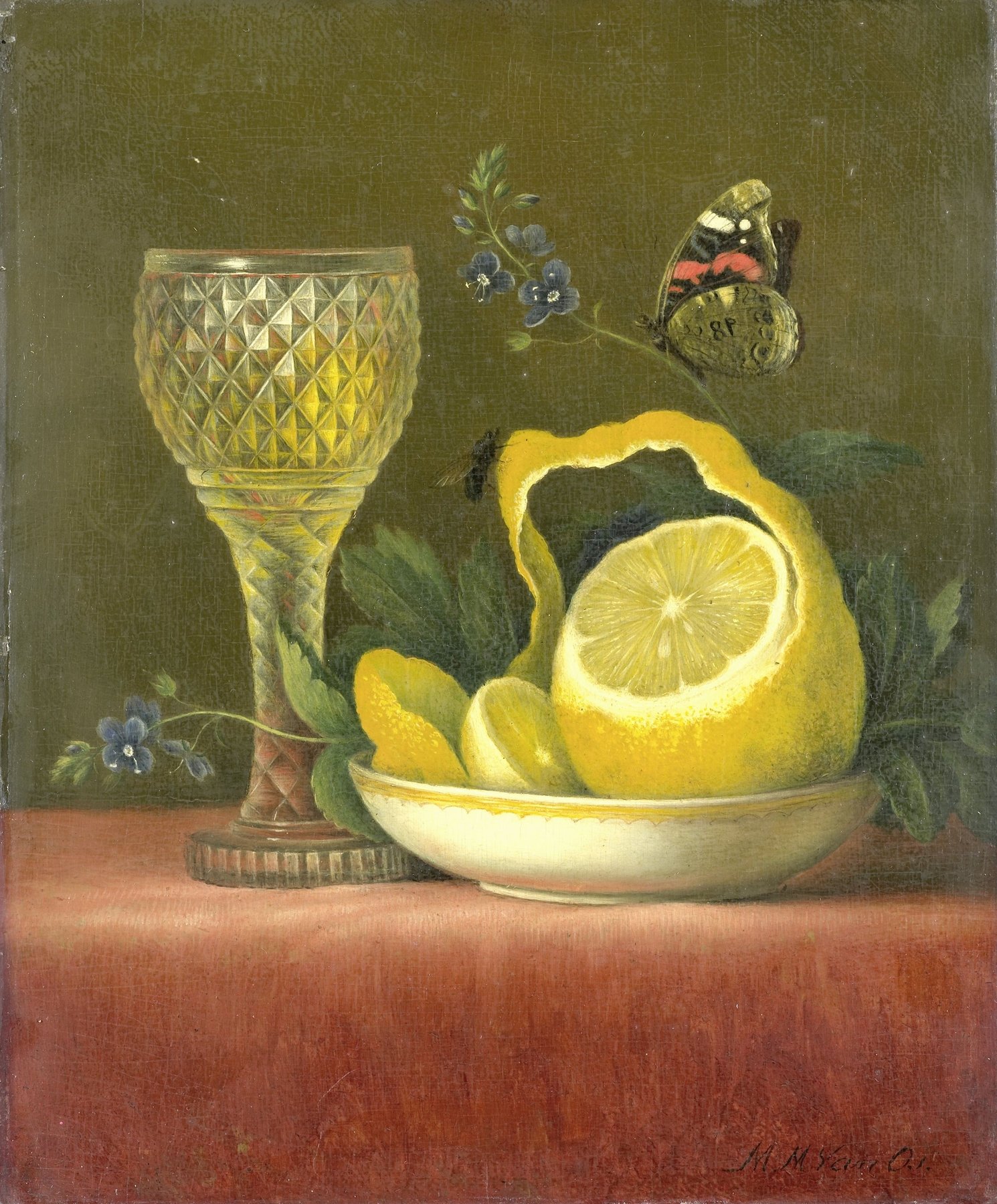
The symbolism of grapes is most commonly seen in Greek and Roman art, with later Victorian artists taking much inspiration from them. The main meaning that grapes carry in art are from the Greek God Dionysus, or the Roman God Bacchus, god of wine and fertility. The presence of grapes in artistic depictions usually held the meaning of abundance, joy, and prosperity.
Grapes made an appearance in almost every form of Greek and Roman art: mosaics, frescos, statues, the list goes on. The culture of Greece and Rome was all about the opposite of humility, so many citizens wanted depictions of grapes in their homes to communicate the riches they had. This same sense of luxury carried through art history, with artists like Claude Monet using it in their art.
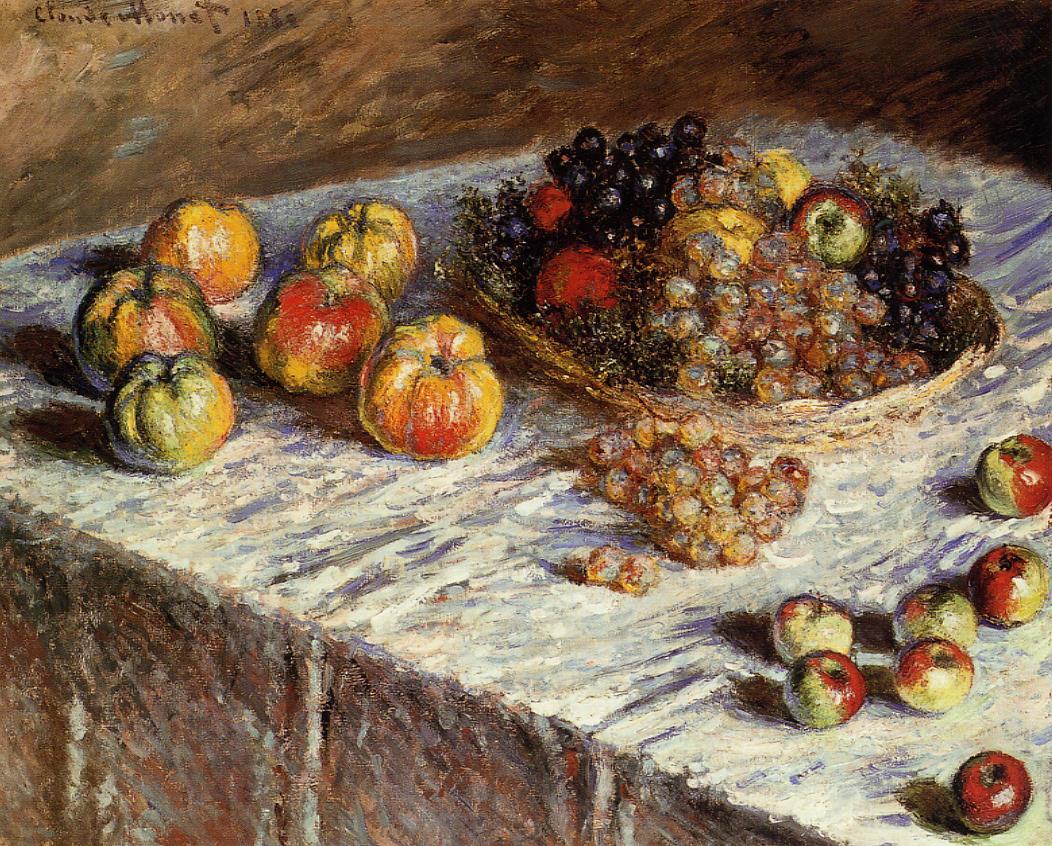
Pomegranates are a significant symbol of fertility in art. Gaining popularity modernly, pomegranates are a symbol of intimacy, love and fertility. The symbolism of pomegranates can be traced back to Greek mythology, having connections to the female goddesses Aphrodite and Venus. The fruit represented the consummation of marriage and loss of virginity, being used to communicate female sexuality.
This was most likely due to the pomegranate’s richness of nutrients, as well as the delayed reward of peeling back the thick layers of the pomegranate husk. This, paralleled with female virginity, being a delayed reward of courtship. The trend of pomegranates has continued throughout the ages, being frequent subjects of tattoos and jewelry among modern adults.
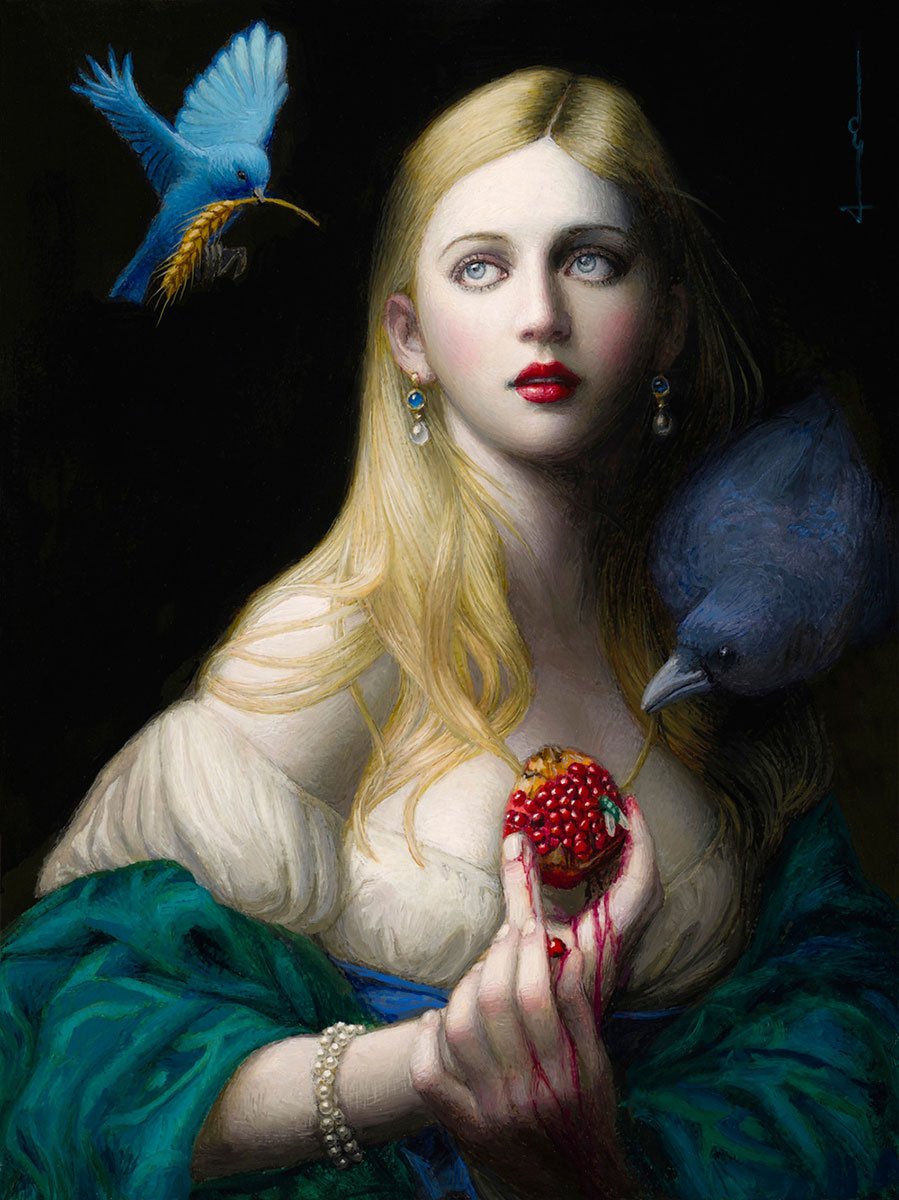
The history of cherries dates back to what is believed to be ancient Japan. A very popular aesthetic of Japanese culture that’s represented in art is cherry blossom trees, and its symbolism has remained true throughout time.
In Japanese culture, cherries are highly regarded for their natural beauty and elegance, carrying a meaning of beauty and good fortune. Although this was a much more humble start, the popularity of cherries blew up in Western culture with artists like Jean-Baptiste Gallet depicting its aesthetics.
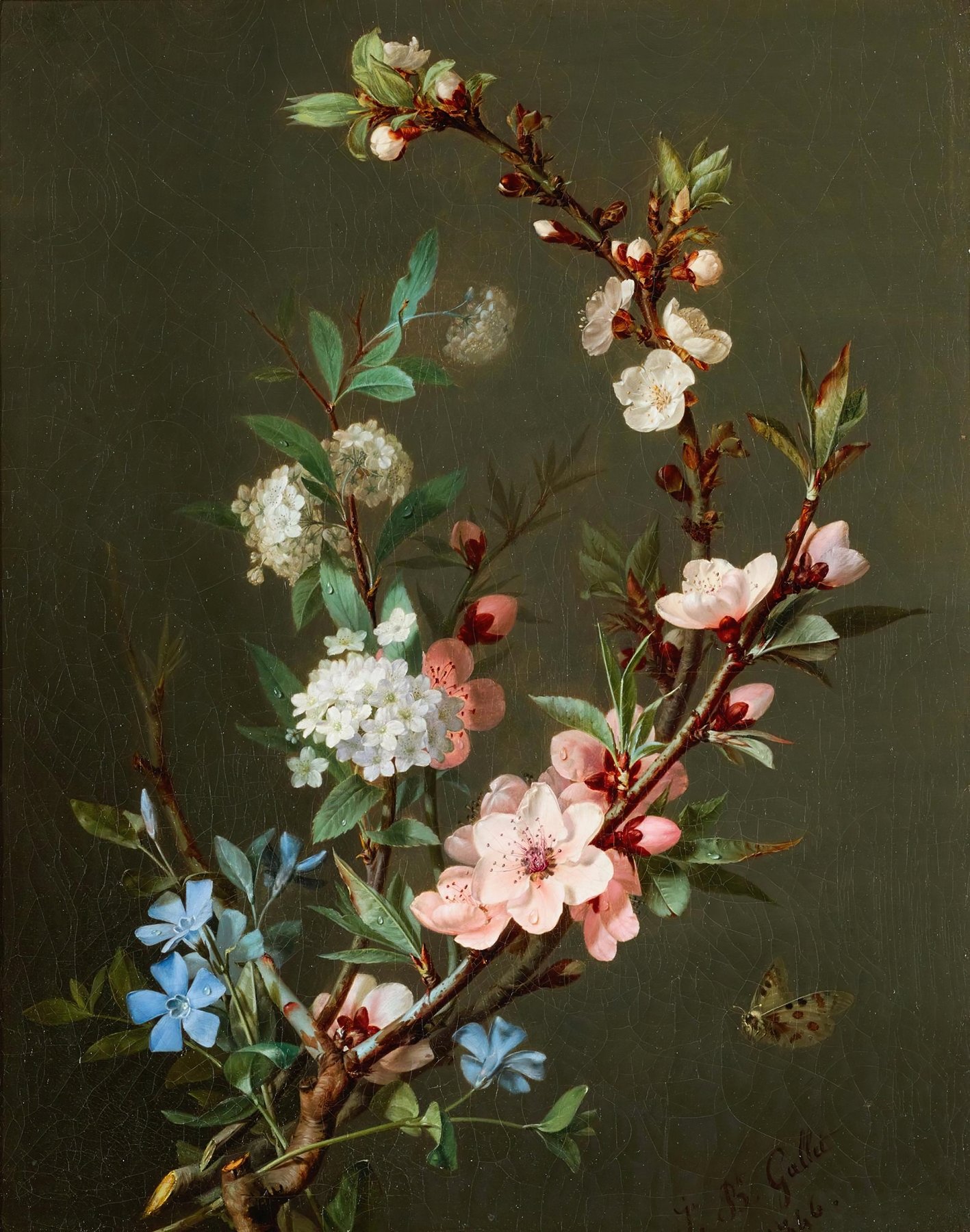
Although there’s a huge rabbit hole we could dive down while talking about the symbolism of flowers, you would be reading a book instead of an article. Even though flowers carry significance in a general sense, like animals, different flowers also carry their own separate meanings.
If you didn’t already know -it would be shocking if you didn’t- roses are a symbol of romance, devotion and passion. But, do you know where that comes from? The answer is, no one completely knows, but it’s believed to come from Cleopatra in Egypt, where she used rose petals to seduce her desired love.
Since then, roses have carried the energy of romance throughout art history, being featured constantly throughout time and across cultures.
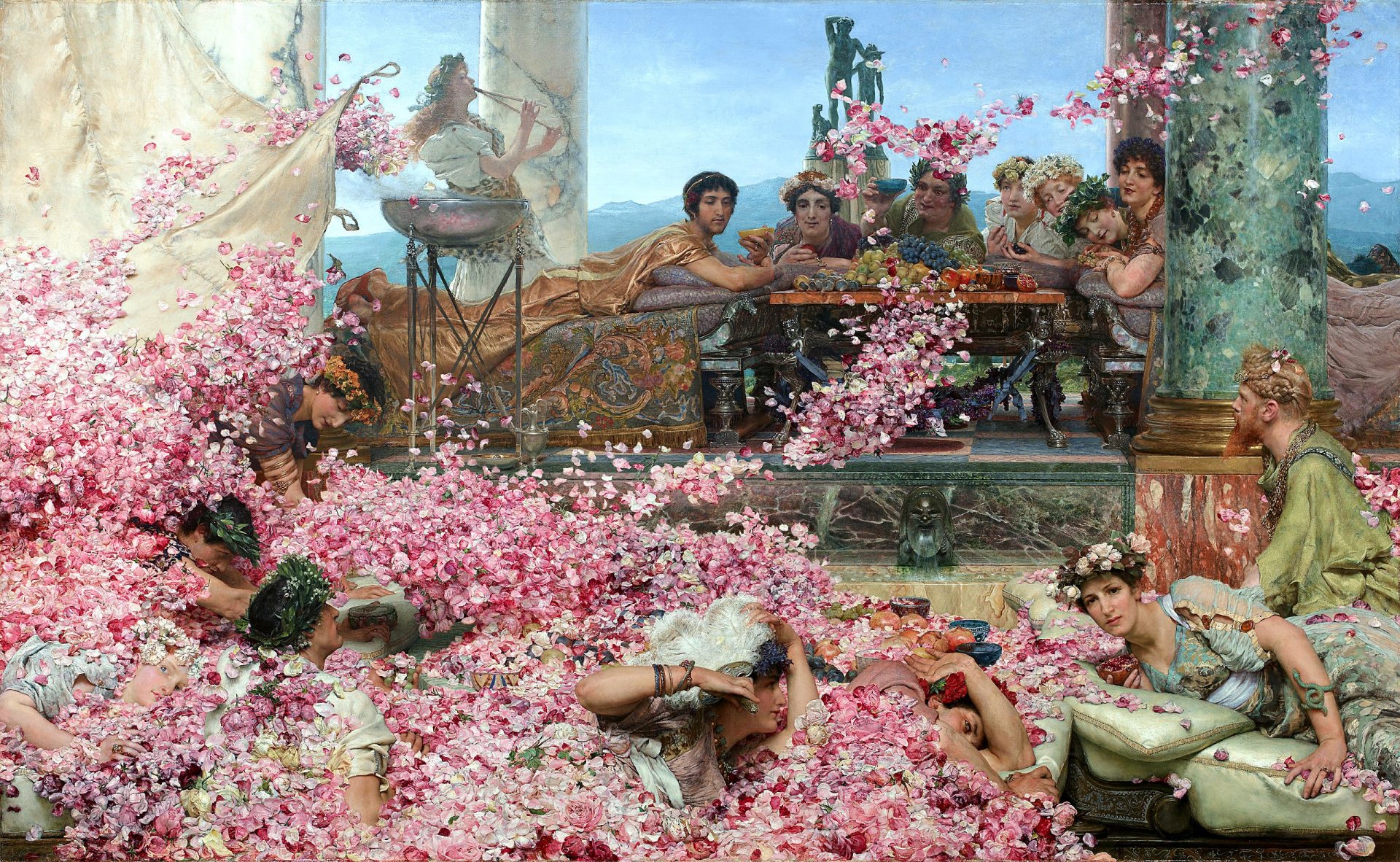
The lotus carries noteworthy meaning in asian cultures, signifying rebirth and perseverance. This is because the lotus most commonly grows in dirty, murky water, growing through it and rising into beauty. Both Chinese and Indian cultures use the lotus frequently in their artwork. The lotus is also popular in the same way as the pomegranate, being a common feature of tattoos and jewelry.
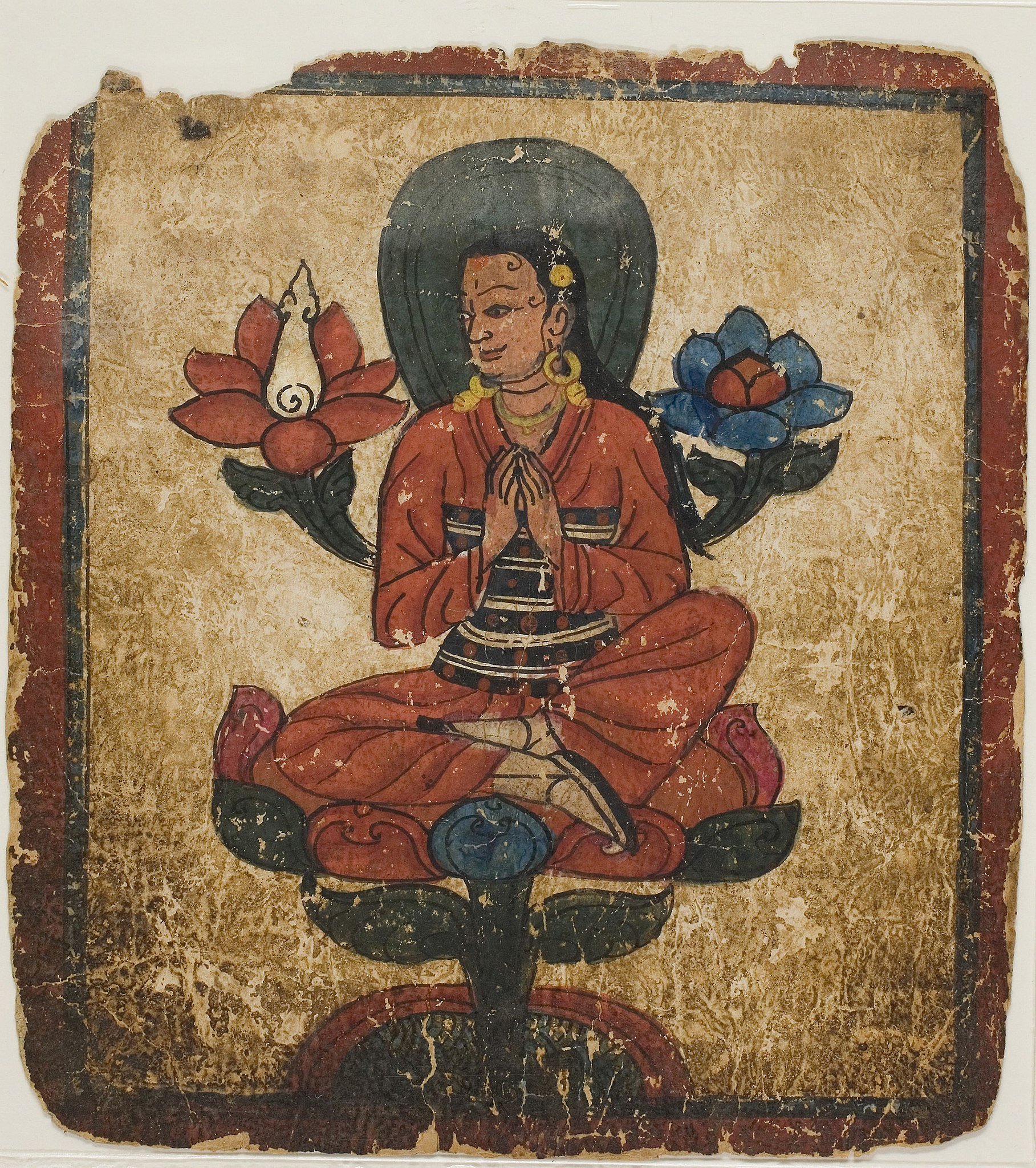
The most common, and probably obvious, meaning behind butterflies in artwork is transformation. They first became a popular feature of artwork in Chinese culture, as depicting natural specimens was a common technique for Chinese artists.
Because of their transformative nature, that is, starting as a caterpillar and rebirthing into a butterfly, they often grace paintings with the tone of new beginnings and a better future.
Butterflies of popular artworks focus on this same theme, as artists become increasingly captivated by what the butterfly represents.
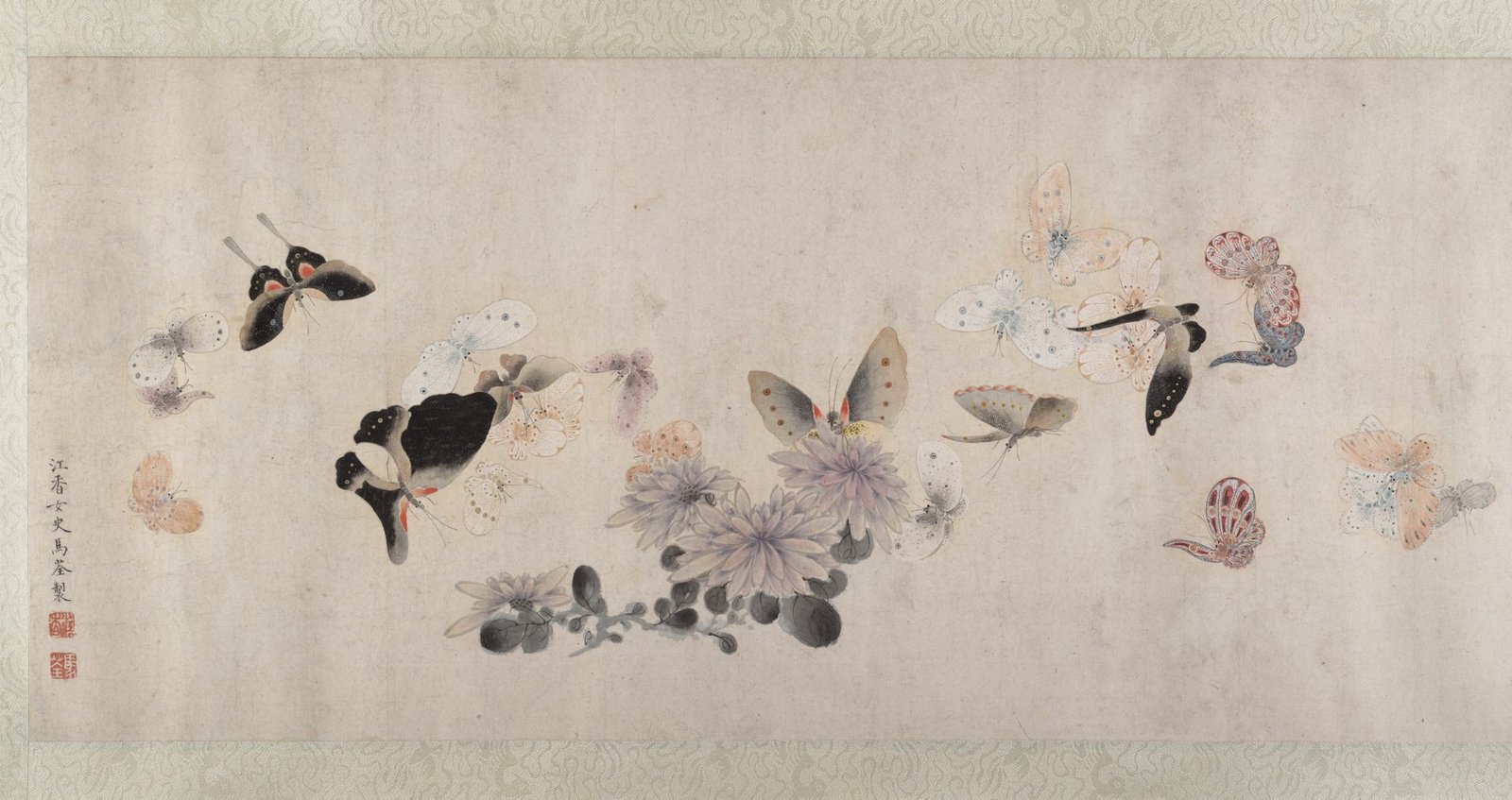
Almost opposite to that of butterflies, moths usually convey a tone of sadness, darkness and death. Why is this? This mainly comes down to aesthetics. Because of their more muted visuals, moths are generally associated with gloom, viewed as a bad omen across many cultures.
Furthermore, moths are generally known as a nocturnal, night time creature, flying to their deaths into flames and lightbulbs throughout the darkness of night. For these reasons, moths are much more negative, and should be viewed as ominous when found in a piece of art.
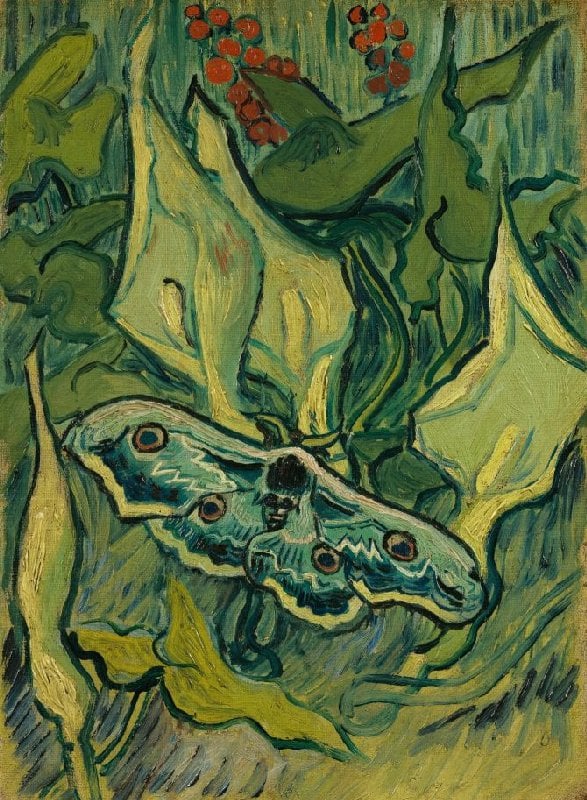
Art serves as a powerful form of communication when words fall short. By incorporating everyday objects, artists try to convey complex ideas. As time progresses, these symbols may evolve, taking on new meanings and requiring fresh interpretations. These widely-recognized symbols shape our understanding of art, providing a glimpse into the minds of the creators who bring their visions to life.
